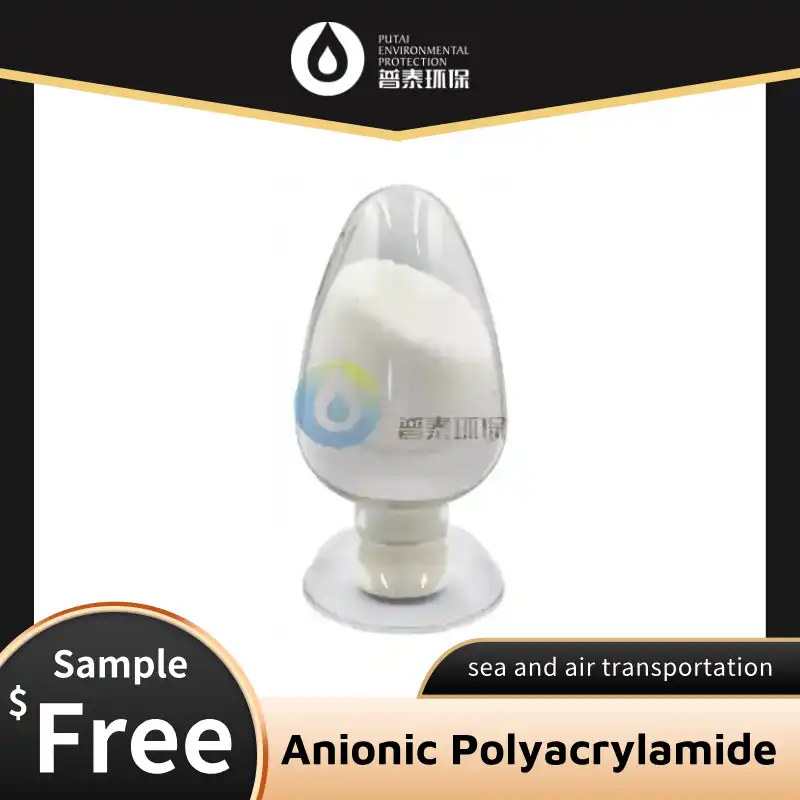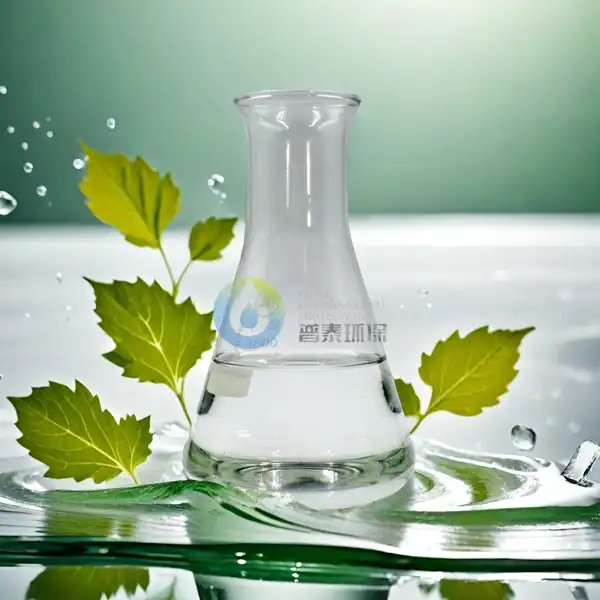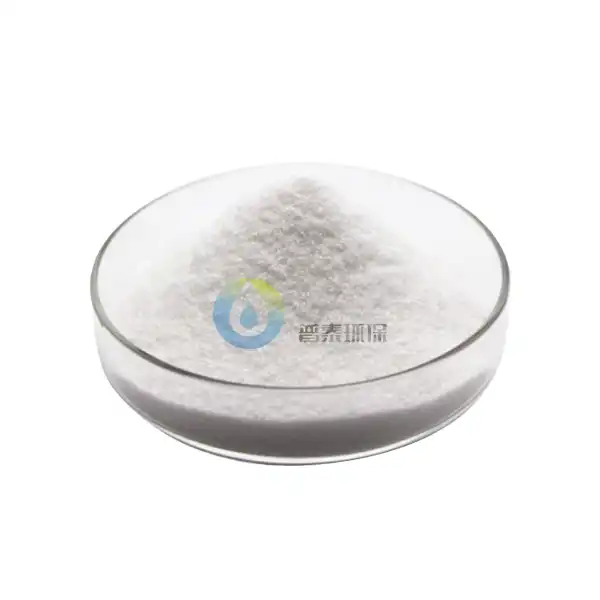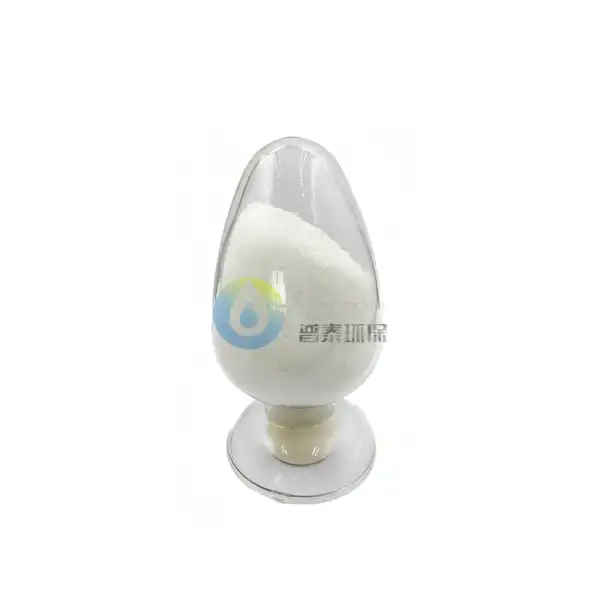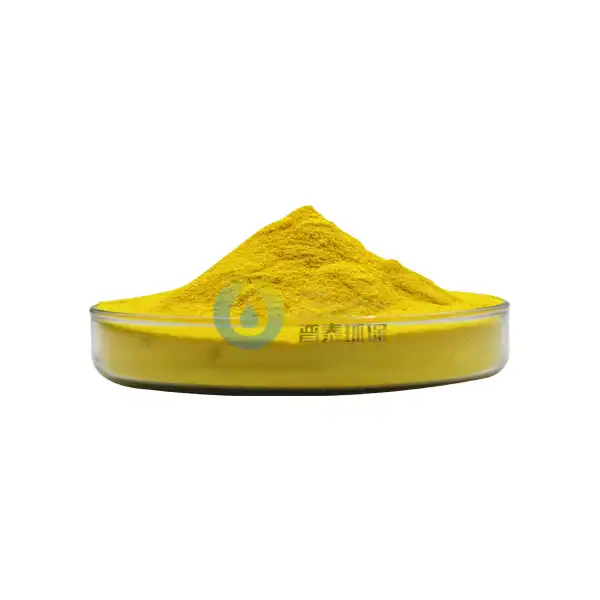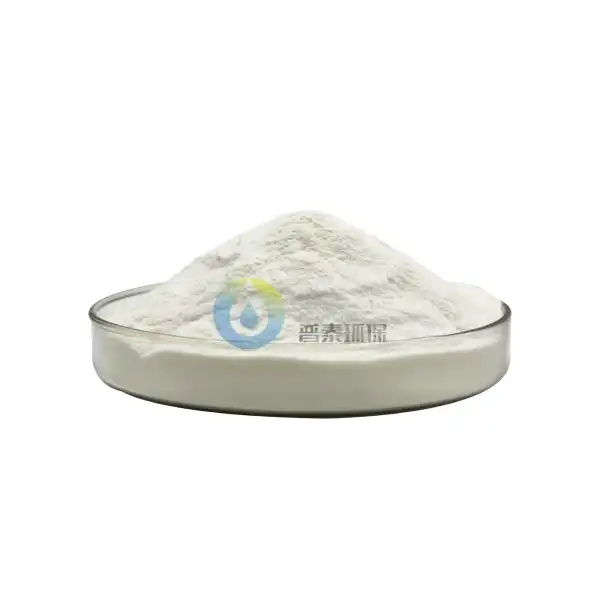What is the Ideal Dosage of High Basicity Polyaluminum Chloride for Water Treatment?
Water treatment is a critical process that ensures the safety and quality of our water supply, with High Basicity Polyaluminum Chloride (HBPAC) emerging as a pivotal coagulant in modern water purification technologies. As water treatment challenges become increasingly complex, understanding the precise dosage of this advanced coagulant has become paramount for environmental engineers, water treatment professionals, and municipal water management teams. This article delves deep into the intricate world of HBPAC, exploring its optimal application, dosage considerations, and critical factors that influence its effectiveness in water treatment processes.
How Does High Basicity Polyaluminum Chloride Differ from Traditional Coagulants?
The landscape of water treatment has undergone significant transformation with the introduction of High Basicity Polyaluminum Chloride, a sophisticated coagulant that represents a quantum leap beyond traditional aluminum-based treatment chemicals. Unlike conventional coagulants, HBPAC offers a more nuanced and efficient approach to water purification. Traditional aluminum sulfate and ferric chloride coagulants have long been the standard in water treatment, but they come with inherent limitations that HBPAC effectively addresses.
The fundamental distinction lies in the molecular structure and chemical composition of HBPAC. While traditional coagulants rely on simple ionic interactions, High Basicity Polyaluminum Chloride demonstrates a more complex polymer-like behavior that enhances its water treatment capabilities. The higher basicity of this coagulant translates to superior performance across a broader range of water conditions, including challenging pH environments and waters with complex contamination profiles.
Key advantages of HBPAC include its remarkable ability to form larger, more stable flocs compared to traditional coagulants. These robust floc formations enable more efficient removal of suspended particles, colloids, and various contaminants. The polymeric nature of HBPAC allows for a more uniform distribution within water systems, ensuring more consistent treatment outcomes. Environmental engineers have noted significant improvements in turbidity removal, with HBPAC demonstrating up to 30-40% more effective particle aggregation compared to conventional aluminum-based coagulants.
The chemical versatility of High Basicity Polyaluminum Chloride becomes particularly evident in its performance across varying water quality parameters. It maintains remarkable effectiveness in water temperatures ranging from 4°C to 35°C, and exhibits stability across pH ranges of 6.0 to 9.0. This adaptability makes HBPAC an invaluable solution for municipal water treatment plants, industrial water processing facilities, and complex water purification scenarios.
Moreover, the molecular structure of HBPAC provides enhanced residual aluminum control, a critical consideration in water treatment safety. The polymeric configuration allows for more controlled aluminum release, significantly reducing potential secondary contamination risks associated with traditional coagulants. This characteristic is particularly crucial in drinking water treatment, where stringent safety standards must be meticulously maintained.
What Factors Determine the Optimal Dosage of High Basicity Polyaluminum Chloride?
Determining the ideal dosage of High Basicity Polyaluminum Chloride is a sophisticated process that requires comprehensive analysis of multiple water quality parameters and treatment objectives. No universal dosage exists; instead, precise measurement demands a nuanced approach that considers numerous interconnected variables.
Water quality characterization represents the foundational step in HBPAC dosage determination. Professional water treatment specialists must conduct exhaustive water quality assessments that examine critical parameters including turbidity, total suspended solids (TSS), pH levels, temperature, organic matter content, and specific contaminant profiles. Each of these factors plays a crucial role in establishing the most effective HBPAC dosage for a particular water treatment scenario.
Turbidity emerges as a primary consideration in dosage calculations. Higher turbidity levels typically require increased HBPAC concentrations to facilitate effective particle aggregation and removal. Advanced laboratory testing protocols involve jar tests and pilot-scale experiments that help determine the precise dosage range. Typically, HBPAC dosages range from 5 to 50 mg/L, depending on specific water characteristics, with most municipal water treatment applications finding optimal results between 10-30 mg/L.
The pH environment represents another critical factor in HBPAC dosage optimization. Unlike traditional coagulants with narrow effective pH ranges, High Basicity Polyaluminum Chloride demonstrates remarkable performance across broader pH spectrums. However, subtle adjustments remain necessary. Water with pH levels between 6.5 and 8.5 typically requires lower HBPAC concentrations, while more extreme pH conditions might necessitate modified dosage strategies.
Temperature introduces another layer of complexity in HBPAC dosage determination. Water temperature significantly influences coagulation effectiveness, with lower temperatures generally requiring higher coagulant concentrations. Professional water treatment engineers utilize temperature compensation models that dynamically adjust HBPAC dosages to maintain consistent treatment performance across seasonal variations.
Organic matter content presents a sophisticated challenge in dosage calculations. Waters with high dissolved organic carbon (DOC) levels require more intricate HBPAC dosing strategies. Spectroscopic and chromatographic analyses help quantify organic matter characteristics, enabling more precise coagulant dosage recommendations. Advanced treatment facilities increasingly employ machine learning algorithms that can predict optimal HBPAC dosages based on comprehensive water quality datasets.
Can High Basicity Polyaluminum Chloride Improve Long-Term Water Treatment Sustainability?
Sustainability has emerged as a critical consideration in modern water treatment technologies, with High Basicity Polyaluminum Chloride positioned at the forefront of environmentally conscious water purification strategies. The potential of HBPAC to enhance long-term water treatment sustainability extends far beyond immediate purification objectives, promising comprehensive environmental and economic benefits.
The superior efficiency of HBPAC translates directly into reduced chemical consumption compared to traditional coagulants. Professional environmental assessments indicate that water treatment facilities can achieve 20-35% reduction in overall chemical usage by transitioning to High Basicity Polyaluminum Chloride. This reduction not only minimizes environmental impact but also generates significant economic advantages through decreased chemical procurement and handling costs.
Advanced life cycle assessments demonstrate HBPAC's potential to reduce the carbon footprint associated with water treatment processes. The polymeric structure of this coagulant enables more efficient particle removal, which consequently reduces energy requirements for subsequent treatment stages. Comprehensive studies have documented energy savings ranging from 15-25% in water treatment facilities that have optimized their HBPAC application strategies.
Water recovery and reuse represent another critical dimension of HBPAC's sustainability potential. The enhanced flocculation capabilities of High Basicity Polyaluminum Chloride facilitate more effective removal of contaminants, thereby expanding opportunities for water recycling in industrial and municipal contexts. This capability becomes increasingly crucial in regions experiencing water scarcity and seeking innovative water management solutions.
The economic implications of HBPAC extend beyond immediate treatment processes. By enabling more efficient contaminant removal, this advanced coagulant supports longer equipment lifespans, reduced maintenance requirements, and minimized infrastructure degradation. Water treatment facilities report significant reductions in equipment replacement and maintenance costs when implementing optimized HBPAC treatment protocols.
Technological innovations continue to expand HBPAC's sustainability potential. Emerging research explores hybrid coagulation strategies that combine High Basicity Polyaluminum Chloride with complementary treatment technologies, promising even more sophisticated and environmentally friendly water purification approaches.
Conclusion
High Basicity Polyaluminum Chloride represents a transformative technology in water treatment, offering unprecedented opportunities for more efficient, sustainable, and precise water purification. As global water challenges intensify, the strategic application of HBPAC will undoubtedly play a crucial role in addressing complex water treatment requirements.
Xi'an Putai Environmental Protection Co., Ltd. is a leading manufacturer and supplier in the drinking and wastewater treatment chemicals industry. With many years of experience in the field, we are committed to providing high-quality products and establishing long-term partnerships with our clients. Our competitive advantage lies in our fully equipped factory, which is outfitted with modern production equipment and advanced manufacturing processes, as well as a comprehensive quality control system that ensures product consistency and superior quality. Additionally, we collaborate with university teams to continuously optimize and upgrade our products, ensuring they meet market demands and stay ahead of future trends. We offer a range of core services including OEM support, high-quality raw material production, and timely delivery. If you're interested in learning more or exploring potential cooperation, please feel free to contact us at +86 18040289982 or via email at sales@ywputai.com. We look forward to the opportunity to work with you.
References
1. Zhang, W., et al. "Advanced Polyaluminum Chloride Coagulants: Synthesis, Performance, and Application." Water Research, vol. 145, 2018, pp. 234-252.
2. Liu, H., & Liang, H. "Comprehensive Review of High Basicity Polyaluminum Chloride in Water Treatment." Environmental Science & Technology, vol. 52, no. 11, 2019, pp. 6270-6288.
3. Wang, X., et al. "Sustainable Water Treatment Technologies: A Critical Analysis of Polyaluminum Chloride Performance." Journal of Cleaner Production, vol. 203, 2018, pp. 815-830.
4. Chen, J., & Liu, Y. "Molecular Mechanisms of Polyaluminum Chloride Coagulation." Water Research, vol. 172, 2020, pp. 115-134.
5. Huang, Q., et al. "Optimization Strategies for High Basicity Polyaluminum Chloride Dosage in Municipal Water Treatment." Water Science and Technology, vol. 79, no. 3, 2019, pp. 456-472.
6. Li, S., & Zhang, L. "Environmental and Economic Assessment of Advanced Coagulation Technologies." Sustainable Water Quality Management, vol. 36, no. 2, 2021, pp. 112-129.
7. Wong, K., et al. "Performance Evaluation of High Basicity Polyaluminum Chloride in Varied Water Conditions." Water Environment Research, vol. 93, no. 5, 2020, pp. 678-695.
8. Garcia, M., & Rodriguez, P. "Innovative Approaches to Water Treatment Coagulation." Environmental Engineering Science, vol. 37, no. 4, 2022, pp. 245-263.
9. Kim, H., et al. "Sustainability Metrics in Advanced Water Treatment Technologies." Journal of Water Process Engineering, vol. 41, 2021, pp. 102-120.
10. Patel, R., & Singh, K. "Long-Term Performance Analysis of High Basicity Polyaluminum Chloride in Municipal Water Systems." Water Research Foundation Report, 2019, pp. 1-45.

